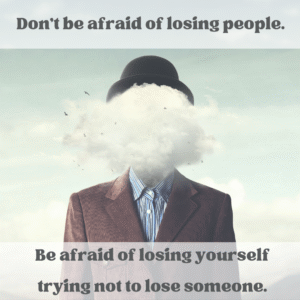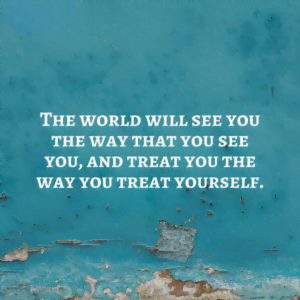Human beings spend a fair amount of time trying to avoid pain. We try to escape our emotional pain by staying too busy to notice it, or by smothering it with various addictive substances and activities. Our commitment to avoiding physical pain is no different, either.
Of course, it’s not a big mystery why we do this. Pain doesn’t feel good. It hurts. It’s uncomfortable, or even excruciating and downright unbearable at times. No one wants to experience that kind of discomfort, so we do whatever we can to avoid it. And all of this is human nature. We are hardwired to seek pleasure and avoid pain.
The problem is, trying to escape our pain or numb it with unhealthy substances is rarely effective in the long run. It might provide some relief in the moment, but the pain only comes back again and again until we identify the root cause and resolve it.
When it comes to emotional pain, the root cause is usually unresolved painful feelings or old trauma that has not yet been healed. The old pain cycles keep replaying on a loop, re-wounding us again and again until we face it, process the feelings, and move through them.
In this case, the best way out is always through, because once we have allowed ourselves to fully feel the pain and integrate the lessons learned from the painful experiences, then our healing can begin. For deeper traumas, it may be necessary to work with a qualified mental health expert who can make this process safer and more comfortable to navigate.
Healing physical pain can be a little more challenging, especially when there appears to be no clear cause for it. We might undergo numerous medical scans and tests, only to be told that there’s nothing wrong with us. But our persistent, chronic pain says otherwise. Very often, unresolved emotional pain can manifest in the body, in which case the above process of working through the feelings can help a great deal.
In the meantime, it’s also helpful to practice surrendering to the pain rather than trying to resist it. Practice relaxing into it and being present with it, rather than tightening up and fighting against it, which usually provides some relief.
We can even enter into a dialogue with our body and ask it questions like, “What are you trying to tell me? What can I do to make you feel better?” Sometimes this can yield surprising answers, such as, “Stop working so hard and allow more time for rest,” “Stop hating me so much for not being perfect,” or, “I don’t feel good when you eat a lot of sugar.”
The most important thing is to see the pain as a red flag, a signal that something needs our attention and care. When we learn to see pain as our partner in healing, and when we stay open to the messages it has to share with us, it will usually soften and open up to reveal the answers and solutions that will bring about the healing we need.




